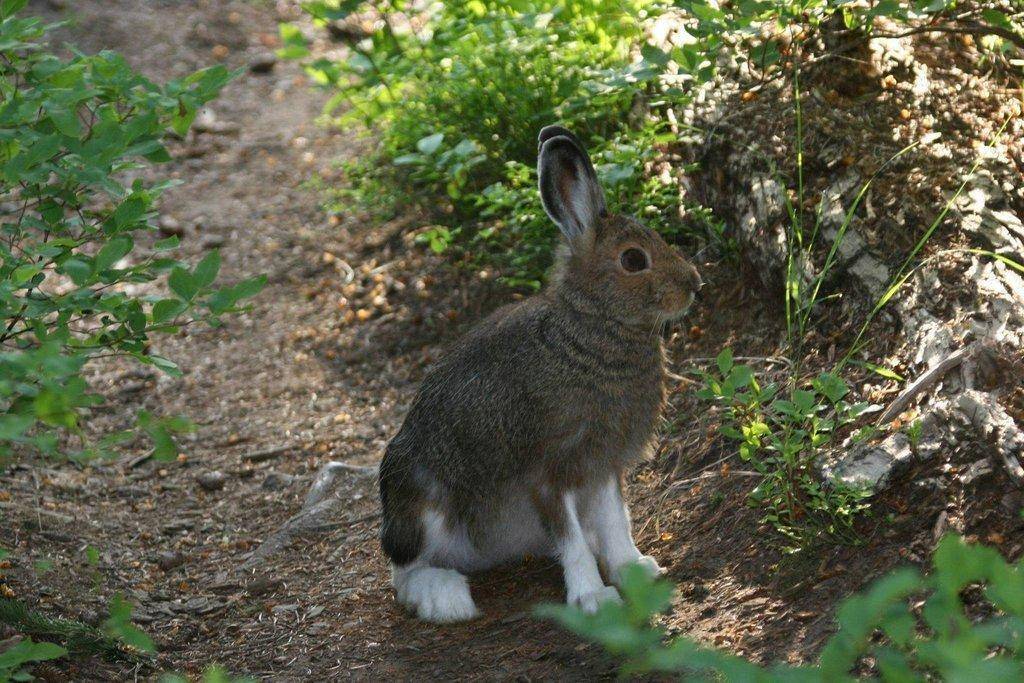Utah Wildlife News Release
Hare hunt runs until March 15
A lack of snow this past winter likely means fewer snowshoe hares to hunt in Utah this season.
Jason Robinson, upland game coordinator for the Division of Wildlife Resources, said deep snow provides hares with two things: a perch from which they can reach the vegetation they like to eat in the winter and snow melt that keeps their high-elevation vegetation lush through the summer.
“If adults have a difficult time reaching the needles and twigs they eat in the winter,” he said, “the does enter the breeding season in poor condition. And, if the vegetation doesn’t stay lush through the summer, the baby hares they give birth to don’t have the buds and shoots they need to survive.
“We don’t conduct formal surveys for snowshoe hares,” Robinson said, “but based on habitat conditions, I think the number of hares hunters find this season will be below average.”
You can see where snowshoe hares live in Utah, and learn more about them, on pages 38 and 49 of the 2018 – 2019 Utah Upland Game and Turkey Guidebook. The free guidebook is available at www.wildlife.utah.gov/guidebooks.
The snowshoe hare hunts runs until March 15, 2019.
Finding hares
While the number of snowshoe hares is likely down this year, Robinson said they’re still well worth pursuing. Snowshoe hares live in high-elevation stands of conifer and aspen trees. Stands of young pine trees—at least 8,000 to 9,000 feet in elevation—are especially attractive to hares. Stream corridors that run through a forest of conifer trees, such as spruce and pine trees, and subalpine fir, are another great place to look. “Snowshoe hares really key in on stream corridors that run through conifer forest,” he said.
In Utah, hares live along the Wasatch Plateau (the range of mountains that run north to south, through the center of the state) and east into the Uinta Mountains.
If you live along the Wasatch Front, a good area to look is the Uinta Mountains east of U.S. Highway 150 (also known as the Mirror Lake Highway). Logan Canyon is also an area worth checking out.
“Waiting for the first snowstorm of the year,” Robinson said, “and then looking for the hares’ unique footprint, is one of the best ways to find them. The print looks like a miniature snowshoe.”
Robinson said snowshoe hares don’t have a large home range. “If you find an area that has lots of tracks in it,” he said, “there’s a good chance a hare is hunkered down in some vegetation nearby.”
Snowshoes or snowmobiles are often required to hunt snowshoe hares after the snow falls.
Hunting tips
Small-caliber rifles and shotguns are great firearms to use. Move slowly through the hares’ habitat, watching for the outline of a hare and its dark black eyes. Kicking brush piles can also cause hares that are hiding to flush into the open.

